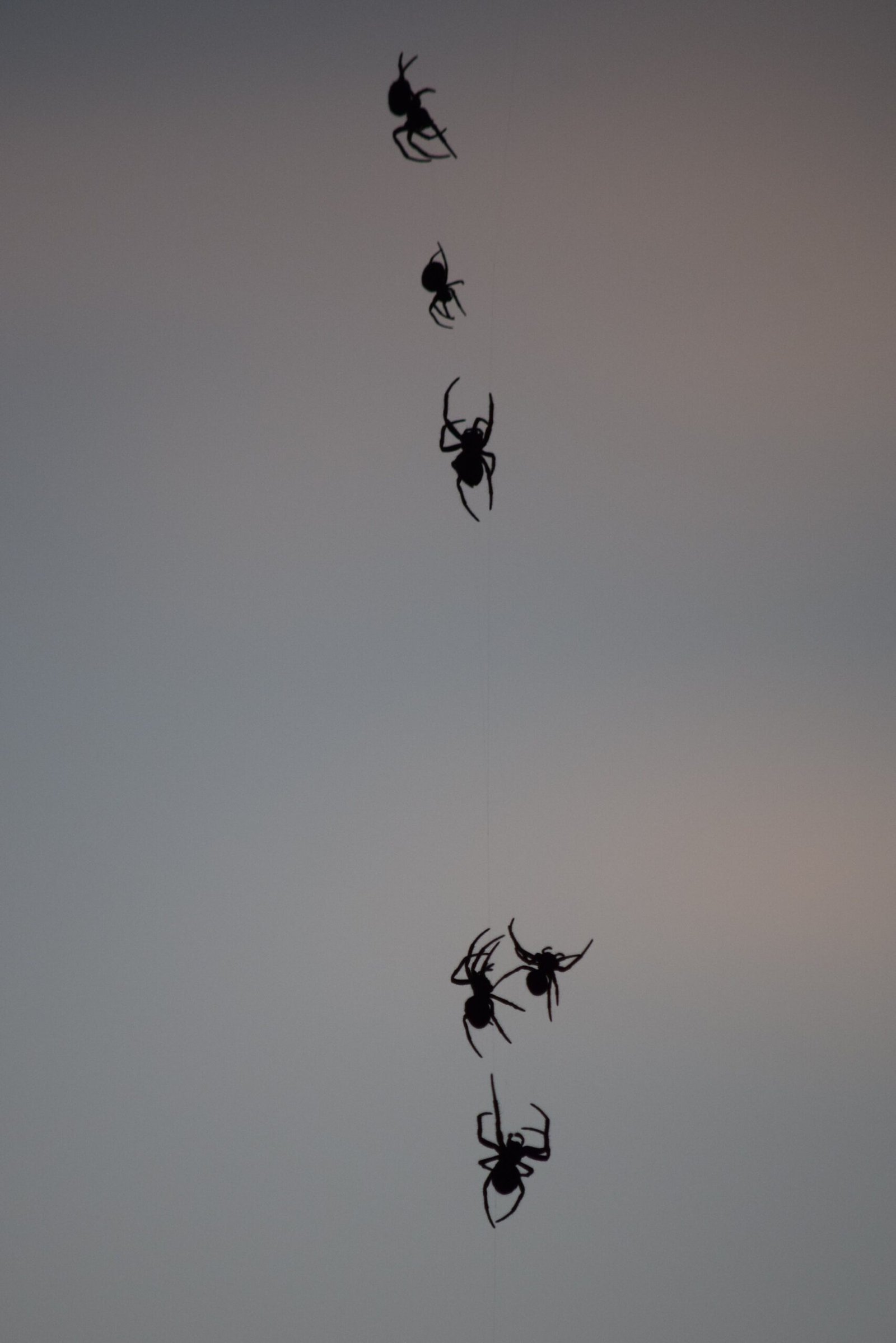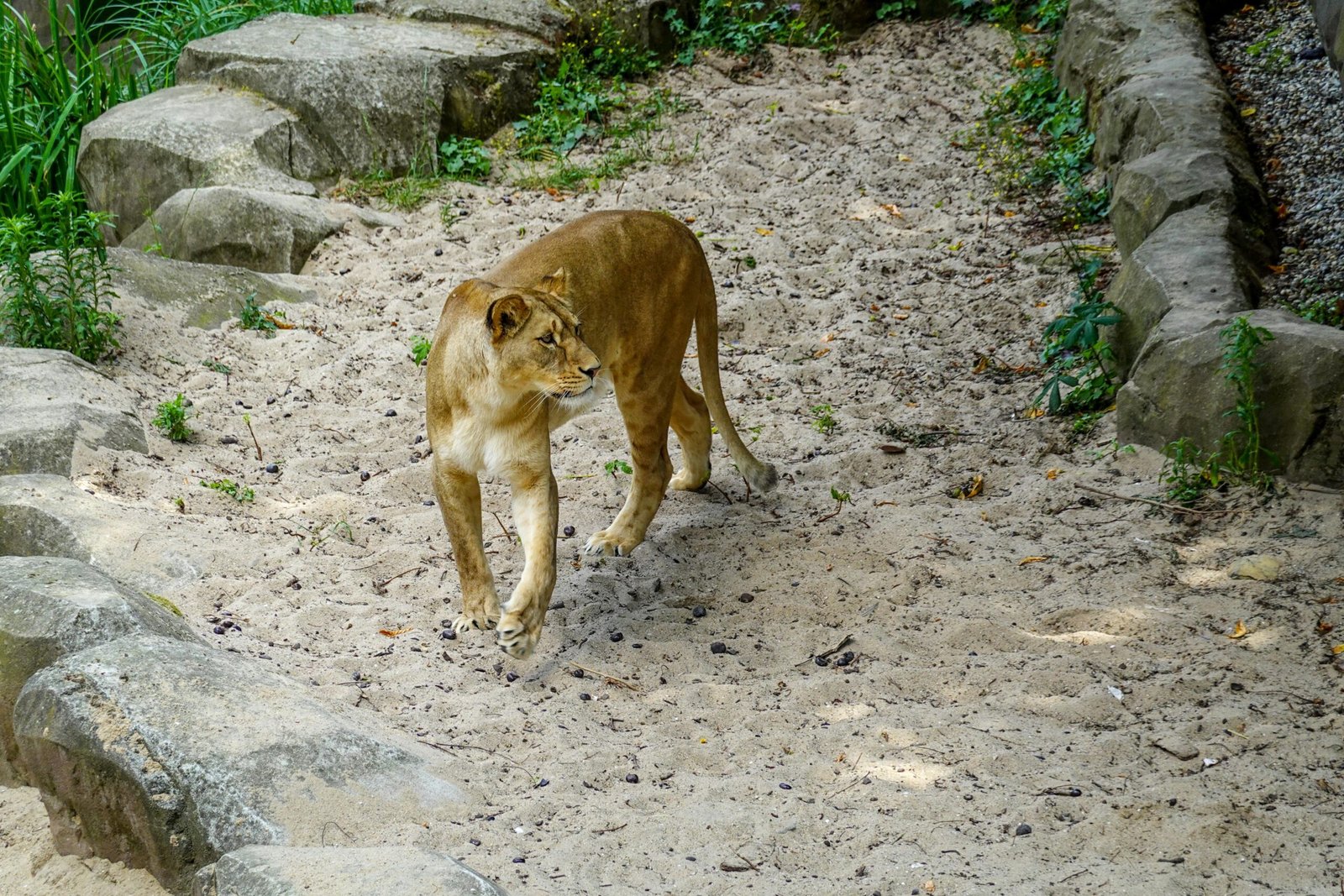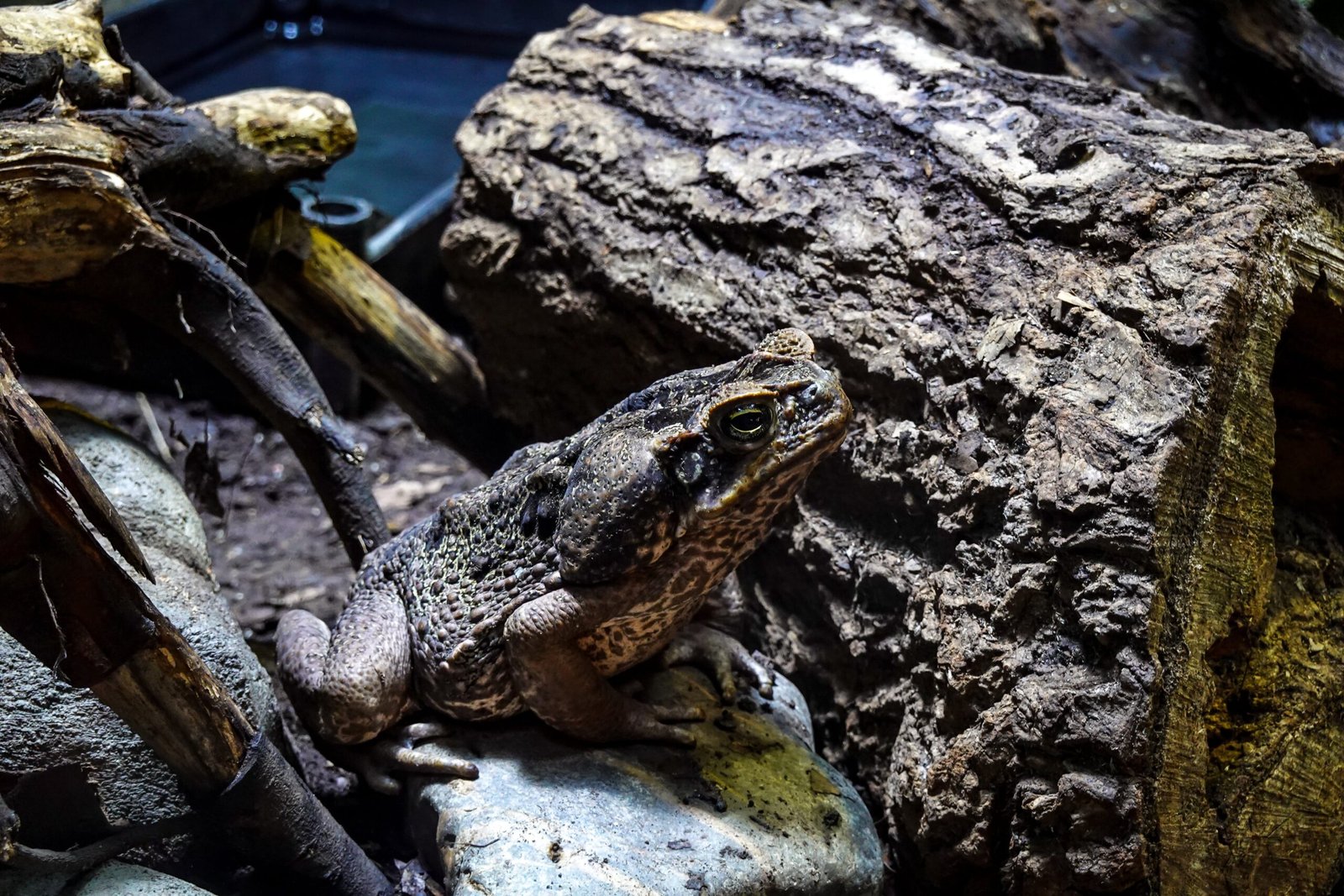Imagine having the opportunity to observe the enigmatic Green huntsman spider up close, studying its intriguing behavior and marveling at its vibrant green color. But how do you recreate the spider’s natural environment in captivity, providing it with the perfect habitat to thrive? In this article, we will explore the fascinating world of the Green huntsman spider and uncover the secrets to successfully replicating its natural environment. So grab your magnifying glass and get ready to embark on a captivating journey into the mysterious world of these fascinating creatures!
Understanding the Natural Habitat of Green Huntsman Spiders
Green Huntsman Spiders, also known as Micrommata virescens, are fascinating creatures that thrive in specific ecological conditions. Understanding their natural habitat is crucial for creating a suitable environment for these spiders in captivity. By replicating their natural habitat, we can provide them with the conditions they need to thrive.
Ecology of Green Huntsman Spiders
Green Huntsman Spiders are primarily found in Europe, North Africa, and parts of the Middle East. They inhabit a variety of landscapes, including forests, meadows, and gardens. These spiders are known for their vivid green color, which helps them camouflage in the vegetation of their natural habitats.
Natural Distribution of Green Huntsman Spiders
Green Huntsman Spiders have a wide natural distribution range that spans across different countries and regions. They are commonly found in countries such as Germany, Austria, Switzerland, Italy, Spain, Portugal, France, and the United Kingdom. While they are prevalent in these areas, their populations can vary depending on the availability of suitable habitats.
Behavior and Preferred Conditions in the Wild
In their natural habitat, Green Huntsman Spiders prefer areas with dense vegetation and ample hiding spots. They are skilled hunters and rely on their excellent vision to locate prey. These spiders typically prefer temperatures ranging from 20 to 25 degrees Celsius (68-77 degrees Fahrenheit) and moderate humidity levels. They are primarily nocturnal, becoming more active during the night and resting during the day.
Creating the Perfect Enclosure for Green Huntsman Spiders
To ensure the well-being of Green Huntsman Spiders in captivity, it is essential to create an enclosure that replicates their natural habitat as closely as possible. By considering their needs for ventilation, temperature, humidity, and lighting, we can provide the ideal environment for these spiders to thrive.
Choosing an Appropriate Container
When selecting a container for Green Huntsman Spiders, it is important to choose one that is spacious enough to accommodate their natural movements. A vertical cage with ample space for climbing and exploration is preferable. Additionally, the enclosure should have a secure lid to prevent any potential escapes.

Providing Adequate Ventilation
Proper ventilation is crucial for the health of Green Huntsman Spiders. Insufficient airflow can result in the accumulation of excess moisture and the growth of mold and fungi. To ensure adequate ventilation, the enclosure should have small, meshed openings that allow for the exchange of air while preventing the spiders from escaping.
Creating the Right Temperature and Humidity
Maintaining the correct temperature and humidity levels is essential for the well-being of Green Huntsman Spiders. Aim to replicate the natural range of temperatures they experience in the wild, keeping it between 20 to 25 degrees Celsius (68-77 degrees Fahrenheit). To ensure the appropriate humidity, mist the enclosure with water regularly while monitoring the moisture levels.
Mimicking Natural Lighting Conditions
Green Huntsman Spiders are accustomed to natural lighting conditions, including periods of darkness during the day. To replicate these conditions, provide a light source that mimics natural daylight. Avoid keeping the enclosure in direct sunlight, as it can lead to overheating and negatively impact the spiders’ health.
Selecting Suitable Substrate and Decorations
Creating a comfortable and enriching enclosure for Green Huntsman Spiders involves selecting appropriate substrate and decorations that resemble their natural habitat.
Choosing the Right Substrate
For the substrate, opt for materials that mimic the forest floor, such as a mixture of coconut fiber and potting soil. This combination provides a suitable texture and moisture-retaining properties to create a comfortable environment for the spiders.
Incorporating Hiding Places and Retreats
Green Huntsman Spiders prefer environments with ample hiding spots and retreats. Add structures like tree bark, cork bark, or small hollow logs to the enclosure. These hiding places not only provide a sense of security for the spiders but also stimulate their natural behaviors.

Selecting Natural-Looking Decorations
When selecting decorations for the enclosure, choose natural-looking options such as artificial plants, silk leaves, and branches. These elements help create a more realistic and aesthetically pleasing environment for the spiders while offering additional climbing opportunities.
Ensuring Proper Feeding and Nutrition
Feeding Green Huntsman Spiders a balanced diet is crucial to their overall health and well-being. Understanding their dietary preferences and implementing a proper feeding schedule is essential in captivity.
Understanding the Diet of Green Huntsman Spiders
Green Huntsman Spiders are carnivorous and primarily feed on insects and other small arthropods. In captivity, suitable prey items include flies, crickets, roaches, and small moths. Avoid feeding them toxic or venomous insects that could harm the spiders.
Offering a Variety of Prey Items
To provide a well-rounded diet, offer a variety of prey items. This ensures that your Green Huntsman Spiders receive a diverse range of nutrients. Experiment with different insects and observe their feeding preferences and reactions to identify their preferred prey.
Maintaining a Feeding Schedule
Establishing a regular feeding schedule is crucial for the health and well-being of Green Huntsman Spiders. Feed them appropriately sized prey items every few days, taking into account their size and age. Avoid overfeeding, as it can lead to obesity and other health issues.
Supplementing with Calcium and Vitamins
To ensure optimal health, consider supplementing the prey items with calcium and vitamin-rich powders. These supplements help provide essential nutrients that may be lacking in the prey, promoting proper growth and strengthening the spiders’ exoskeleton.

Managing the Environmental Factors
Maintaining the environmental factors within the enclosure is vital to the overall health and well-being of Green Huntsman Spiders. Consistently monitor and manage temperature, humidity, airflow, and moisture levels to create an optimal environment.
Regular Monitoring of Temperature and Humidity
Regularly monitor the temperature and humidity levels within the enclosure. Use a reliable thermometer and hygrometer to ensure they remain within the preferred ranges. Make adjustments as necessary to maintain a stable and comfortable environment.
Maintaining Proper Airflow and Ventilation
Continuously check the ventilation system of the enclosure to ensure proper airflow. Avoid blocking the meshed openings and regularly clean any debris that may obstruct airflow. Good ventilation helps prevent the buildup of excessive moisture, mold, and stagnant air.
Preventing Mold and Fungal Growth
To prevent the growth of mold and fungi, maintain proper hygiene within the enclosure. Regularly remove any decaying food, shed skins, or other organic materials that may contribute to fungal growth. Ensure that the substrate remains dry, but not excessively moist.
Avoiding Excessive Moisture
While Green Huntsman Spiders prefer moderate humidity levels, excessive moisture can be detrimental to their health. Be mindful of how much you mist the enclosure and avoid creating an environment where the substrate becomes excessively damp. Strike a balance between providing adequate moisture and avoiding high humidity.
Providing Adequate Space and Climbing Opportunities
Creating an enclosure that offers adequate space and climbing opportunities is essential to promote the natural behaviors of Green Huntsman Spiders and ensure their overall well-being.

Determining the Size of the Enclosure
Consider the size of your Green Huntsman Spider when selecting an enclosure. These spiders are known for their agility and ability to climb. Ensure that the enclosure provides enough space for them to move, explore, and create webs. A general guideline is to select an enclosure at least three times the leg span of the spider in width and height.
Furnishing with Vertical Structures and Branches
Green Huntsman Spiders are skilled climbers and often build their webs on vertical structures. Provide branches, twigs, and other vertical elements that mimic their natural environment. These structures not only offer climbing opportunities but also serve as anchor points for their webs.
Creating a Varied and Stimulating Environment
To create a stimulating environment, add additional elements such as artificial plants, silk leaves, and hanging decor. These enrichments provide opportunities for exploration and mimic the diverse vegetation found in their natural habitats. Regularly rearrange and introduce new elements to keep the enclosure interesting and engaging for the spiders.
Maintaining Cleanliness and Hygiene
Proper cleanliness and hygiene are essential to the health and well-being of Green Huntsman Spiders. Regular cleaning and waste management ensure a clean and safe environment for these spiders to thrive.
Regular Cleaning of Enclosure
Schedule regular cleaning sessions to remove any debris, shed exoskeletons, or uneaten prey. Wipe down the enclosure walls and surfaces using a gentle, spider-safe cleaning solution. Avoid using harsh chemicals that may be harmful to the spiders.
Proper Handling and Removal of Waste
When handling Green Huntsman Spiders or removing waste from the enclosure, exercise caution to minimize stress for the spiders and avoid accidental escapes. Use appropriate tools, such as gentle brushes or tongs, to remove waste and clean the enclosure without causing harm to the spiders.

Preventing the Accumulation of Debris
Regularly check for any debris that may accumulate within the enclosure. This can include uneaten prey, shed skins, or any other organic matter. Promptly remove any debris to maintain a clean and healthy environment for the spiders.
Understanding the Importance of Security
Creating a secure enclosure is crucial to prevent escapes and reduce stress for Green Huntsman Spiders. By paying attention to the enclosure’s design and reinforcing potential openings, you can ensure the security and well-being of these spiders.
Choosing an Escape-Proof Enclosure
Green Huntsman Spiders are skilled at finding tiny openings or weaknesses in enclosures. Ensure that the enclosure is escape-proof by selecting a container with secure, tight-fitting lids. Regularly inspect the enclosure for any potential gaps or openings that the spiders may exploit.
Securing Openings and Gaps
Close off any openings or gaps in the enclosure to prevent the spiders from escaping. Check the lid, meshed openings, and any access points thoroughly. Use additional materials like weather stripping or silicone to reinforce weak spots and ensure a secure closure.
Minimizing Disturbances and Stress
Green Huntsman Spiders are sensitive creatures that can become stressed by excessive disturbances. Minimize unnecessary contact, vibrations, or sudden movements near the enclosure to create a calm and stress-free environment. This helps the spiders feel secure, promoting their overall well-being.
Observation and Monitoring of Behavior
Observing and monitoring the behavior of Green Huntsman Spiders is essential for understanding their well-being. By learning their normal behavior patterns and identifying signs of distress or illness, you can ensure prompt intervention and proper care.
Learning Normal Behavior Patterns
Spend time observing the spiders in their enclosure to familiarize yourself with their normal behavior patterns. This includes their hunting techniques, web-building activities, resting positions, and movement patterns. Any significant deviations from their usual behavior may indicate a problem that requires attention.
Identifying Signs of Distress or Illness
Be vigilant for signs of distress or illness in your Green Huntsman Spiders. These can include lethargy, loss of appetite, changes in coloration, or abnormal web-building behavior. If you notice any concerning symptoms or behaviors, seek veterinary assistance or consult with experienced keepers for guidance.
Keeping Records of Behavior
Maintain records of your Green Huntsman Spiders’ behavior and any notable observations. This helps establish a baseline for their normal behavior, track any changes, and make informed decisions regarding their care. By keeping detailed records, you can identify patterns and address any issues promptly.
Seeking Professional Guidance
If you are new to keeping Green Huntsman Spiders or encounter specific challenges, seeking professional guidance can be extremely helpful. Consulting with experienced keepers or breeders, joining reputable online communities, and attending expos and educational events can provide valuable insights and support for your spider-keeping journey.
Consulting with Experienced Keepers or Breeders
Experienced keepers or breeders of Green Huntsman Spiders can offer valuable advice and guidance based on their firsthand experience. Reach out to these knowledgeable individuals, either in person or through online platforms, to seek answers to your questions and learn from their expertise.
Joining Reputable Online Communities
Participating in reputable online communities dedicated to the care and keeping of Green Huntsman Spiders can connect you with a supportive network of fellow enthusiasts. These communities often provide a platform for sharing knowledge, asking questions, and receiving guidance from experienced members.
Attending Expos and Educational Events
Expos and educational events focused on arachnids can provide a wealth of information and opportunities to expand your understanding of Green Huntsman Spiders. These events often feature expert speakers, workshops, and vendor booths showcasing various spider species and related products. Take advantage of these occasions to broaden your knowledge and connect with other enthusiasts and professionals in the field.
Creating the perfect environment for Green Huntsman Spiders in captivity involves understanding their natural habitat, replicating their preferred conditions, and providing proper care and enrichment. By focusing on their ecological needs, ensuring a secure and stimulating enclosure, and seeking professional guidance when needed, you can successfully replicate the natural environment of these enigmatic spiders in captivity and enjoy their captivating presence.